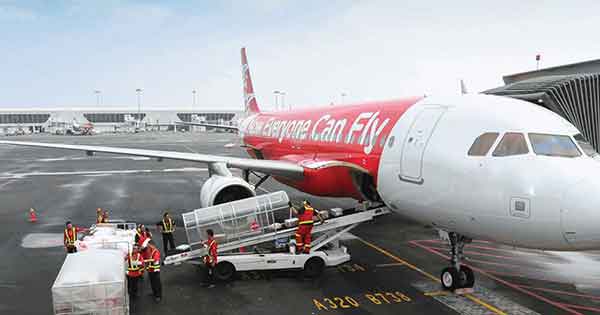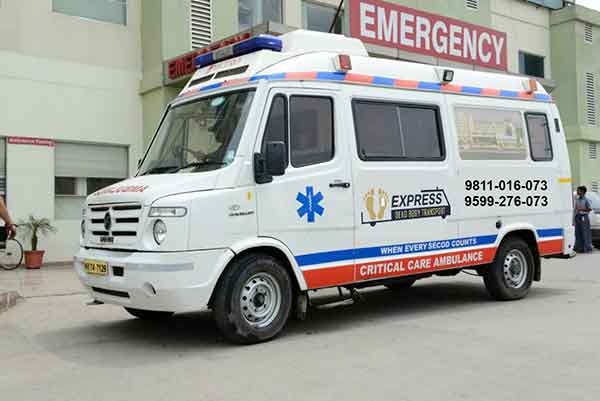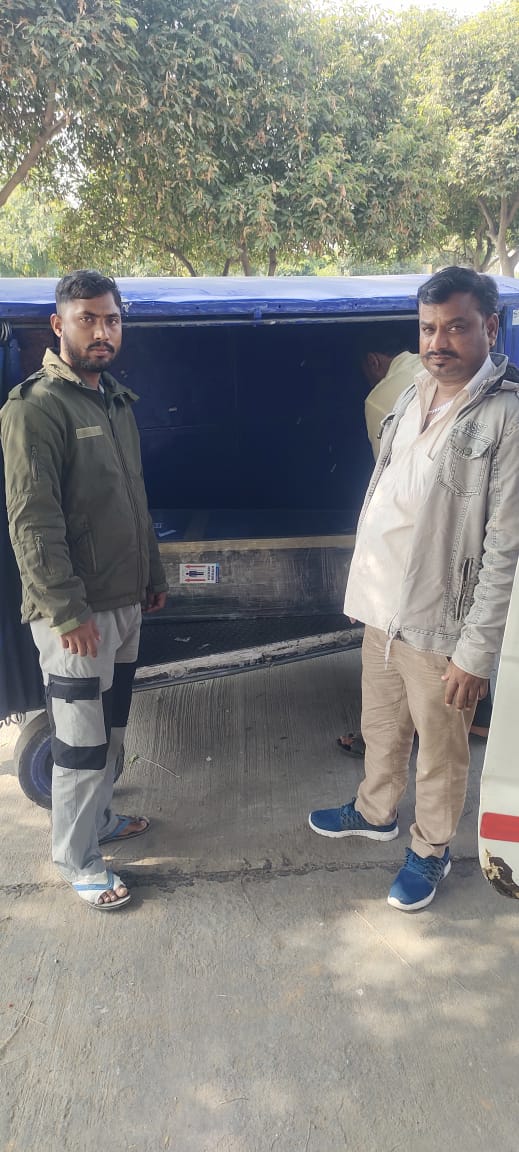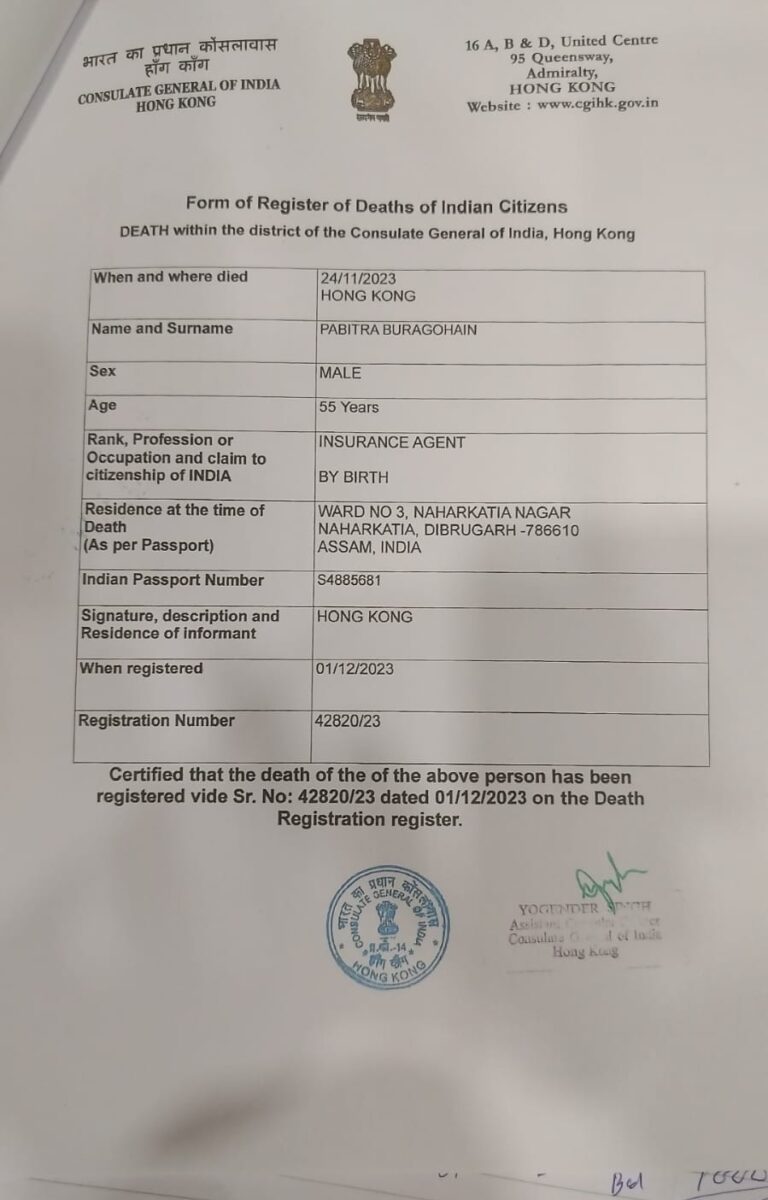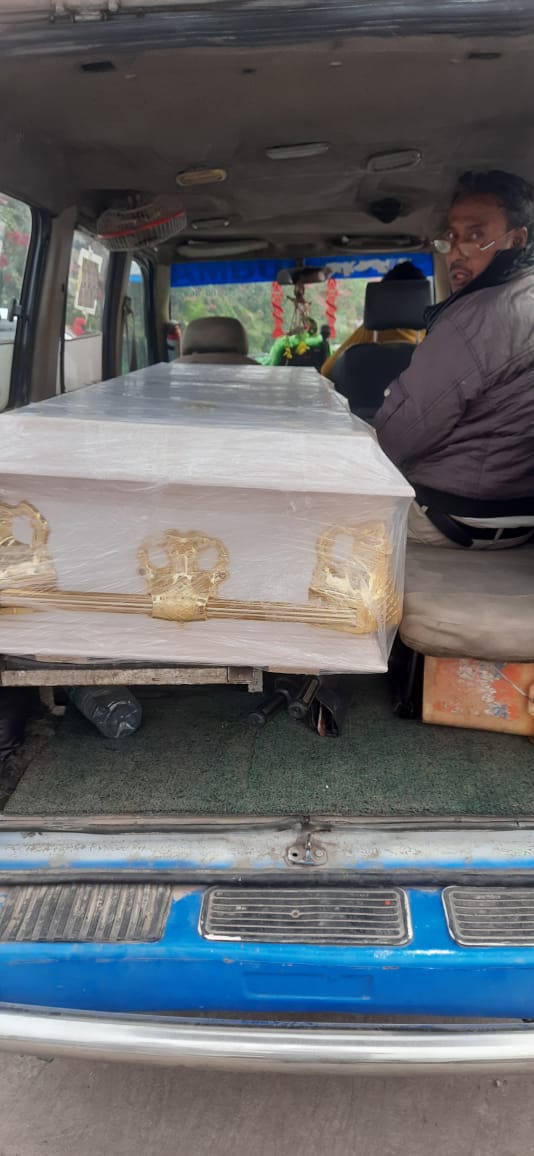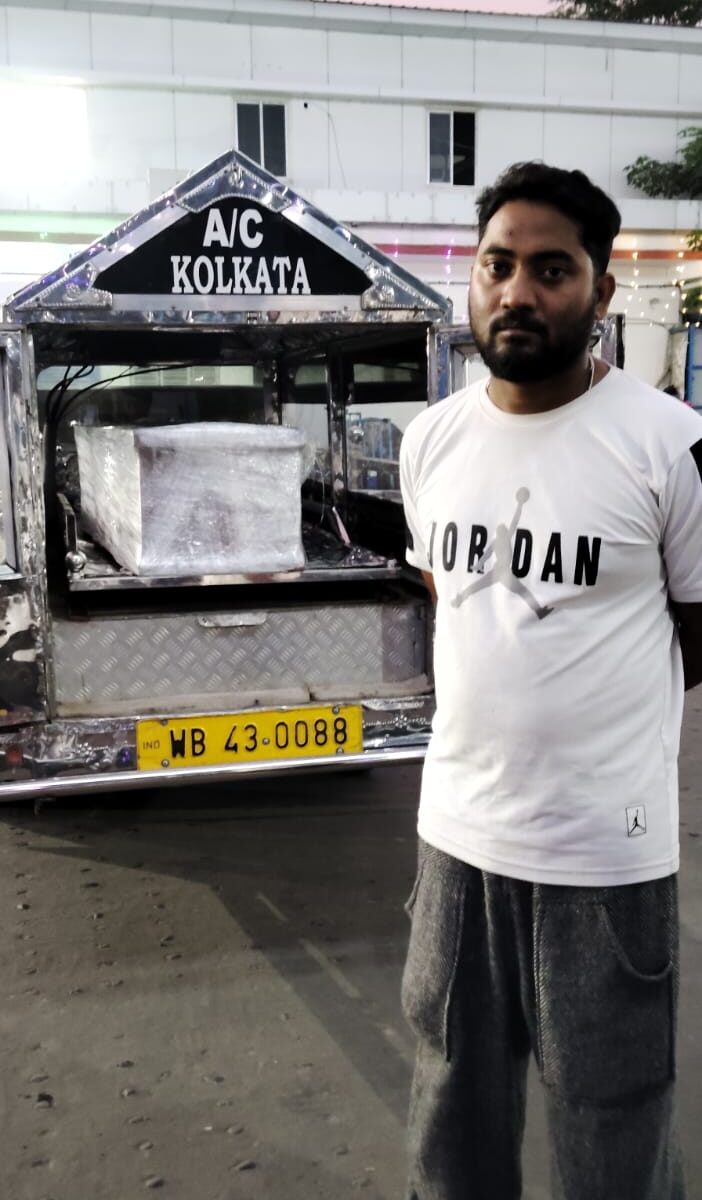Effortlessly plan a dignified farewell with our 3-step process - Quick, Reliable, and Hassle-Free.
GIVE US A CALL
SHARE YOUR REQUIREMENTS
GET THE SERVICES

Dead Body Transport Worldwide
Manage all of your appointments
We understand the face of the situation and suggest the best of the best solution with comprehensive assistance considering international standards. So just relax and let us serve you.




